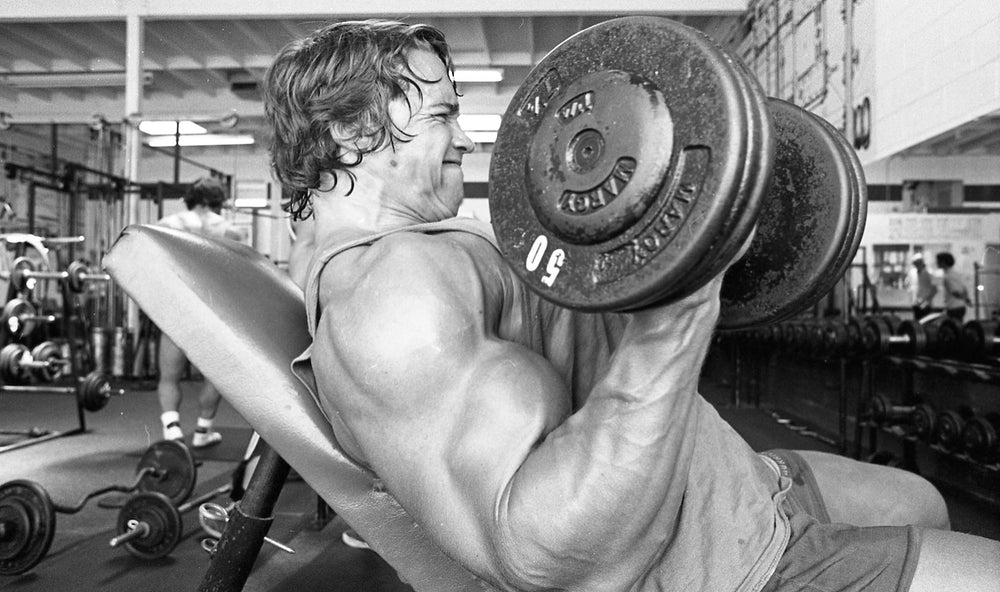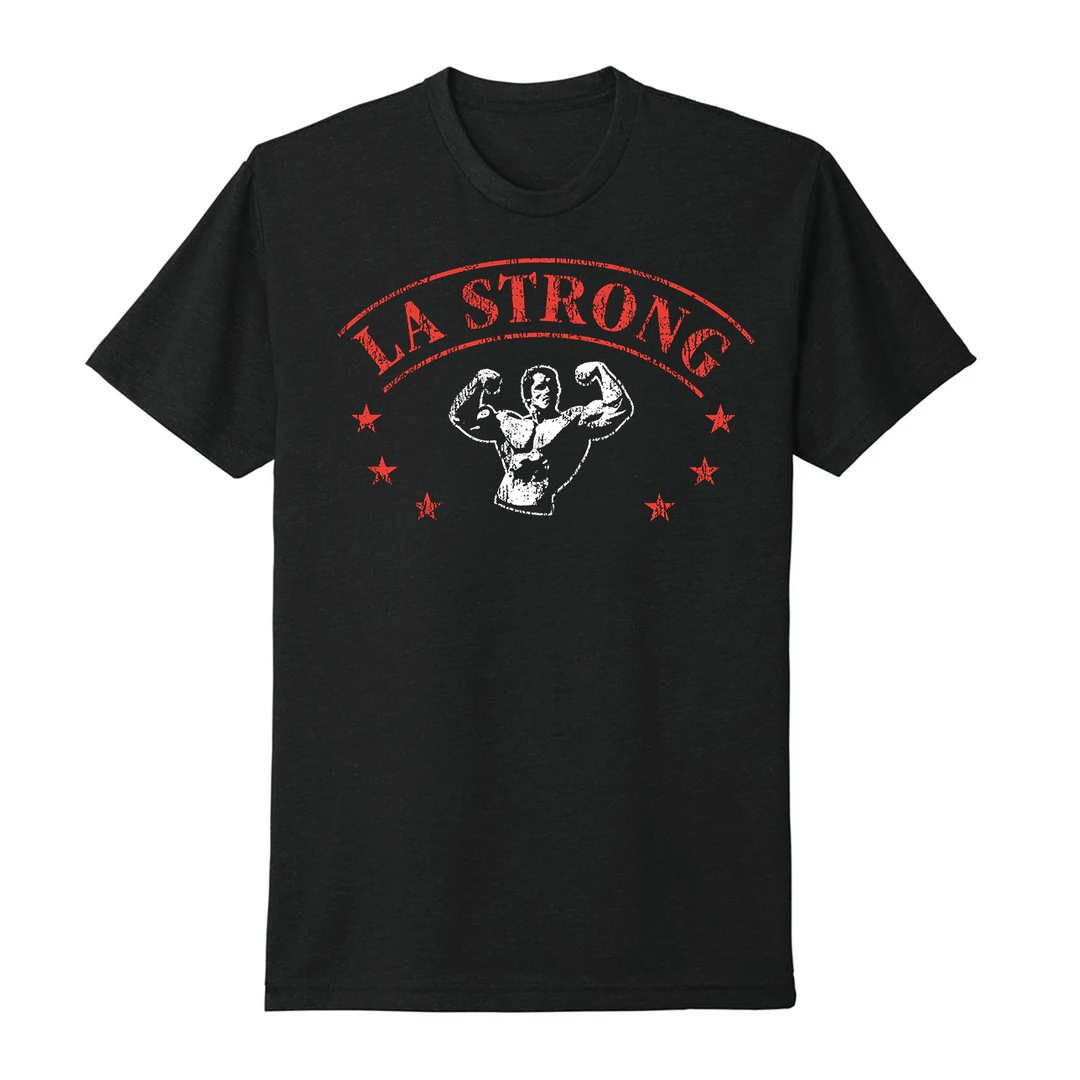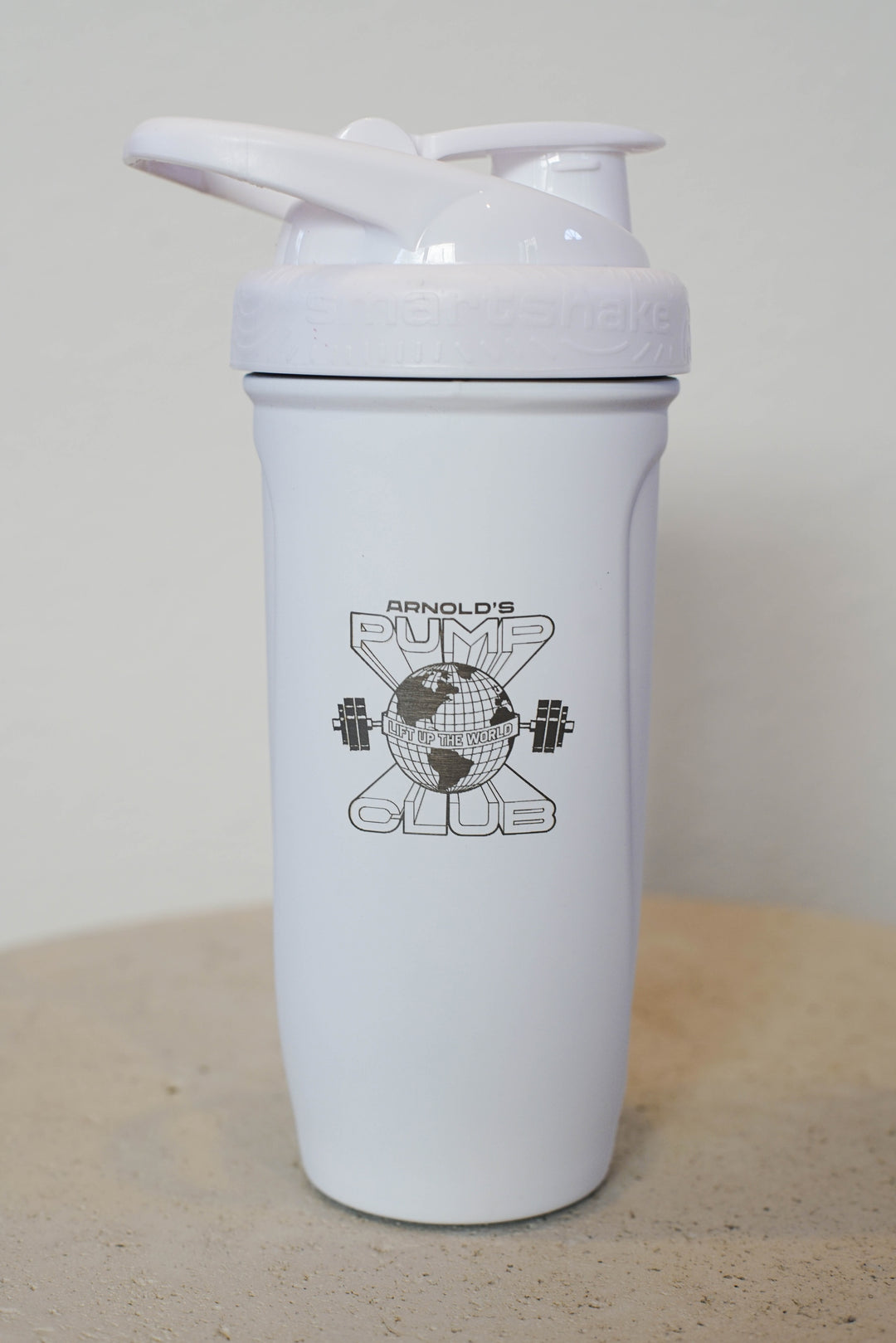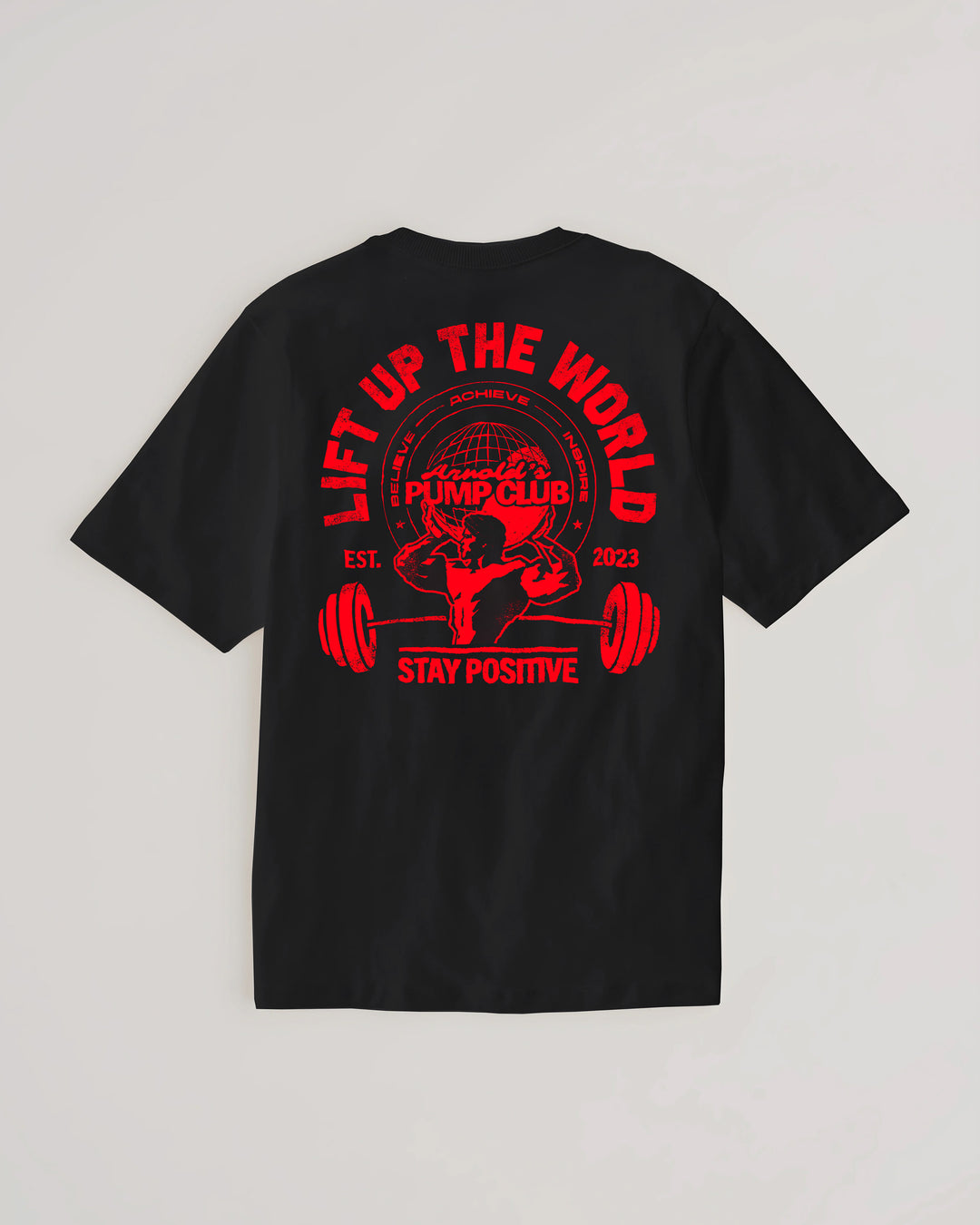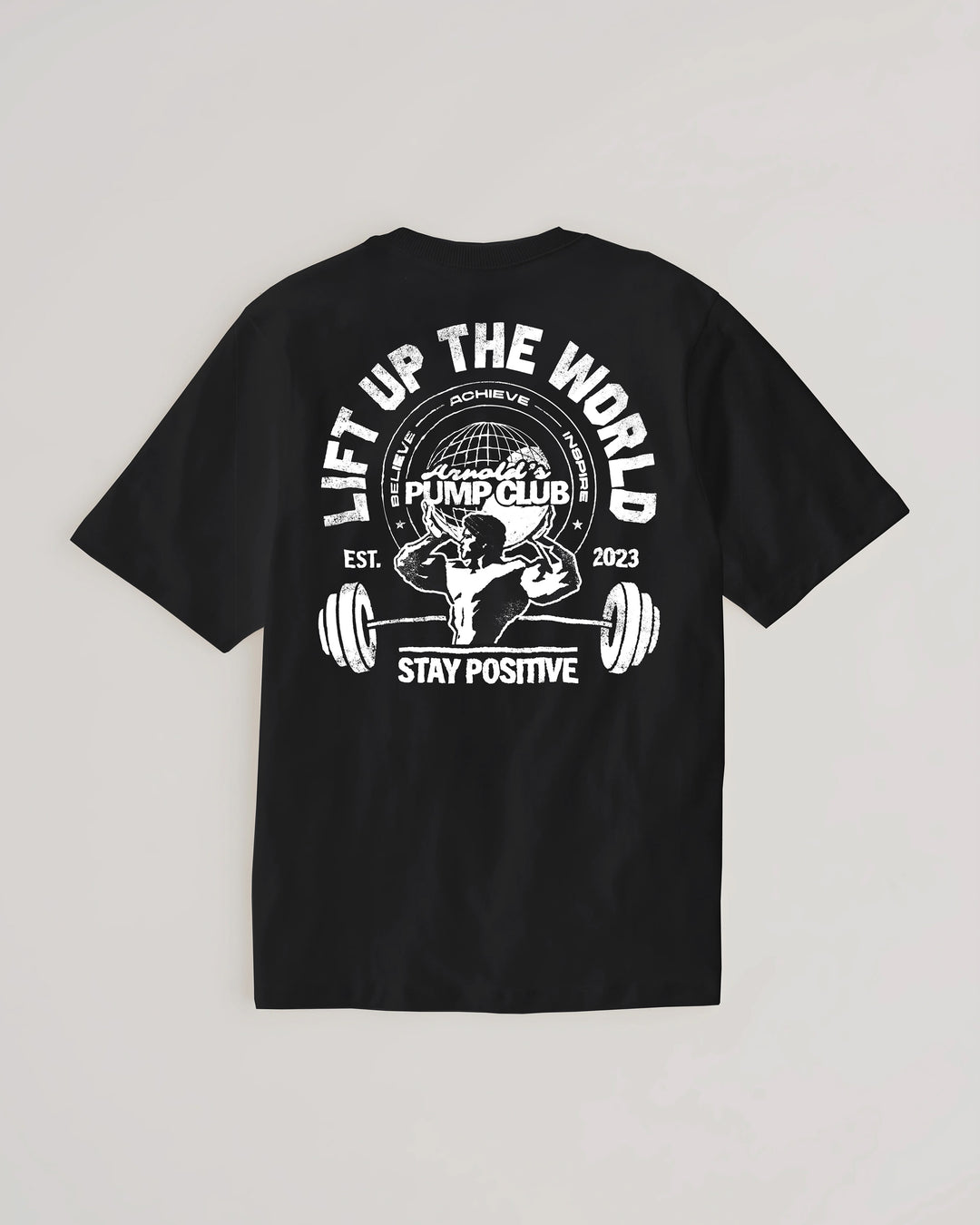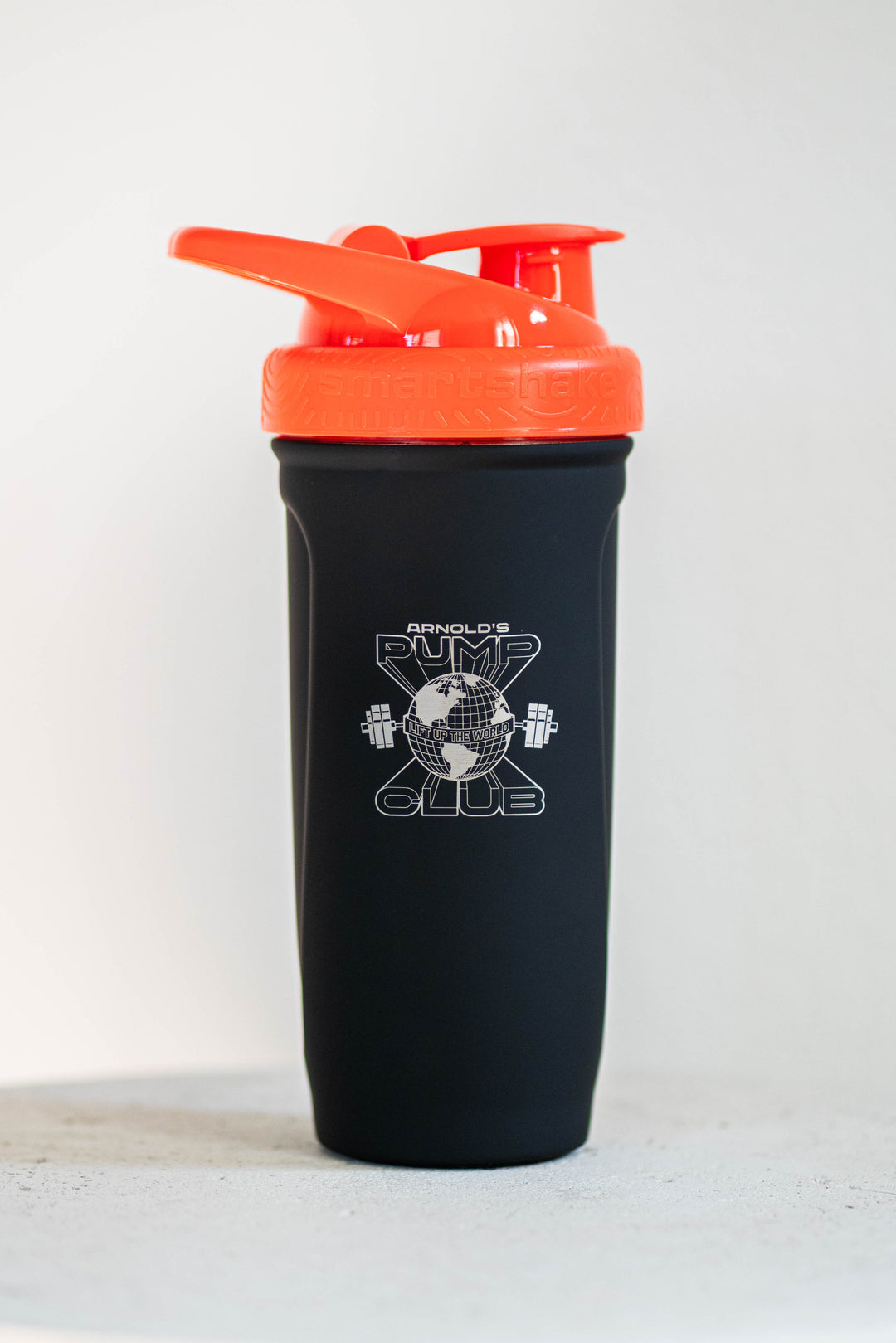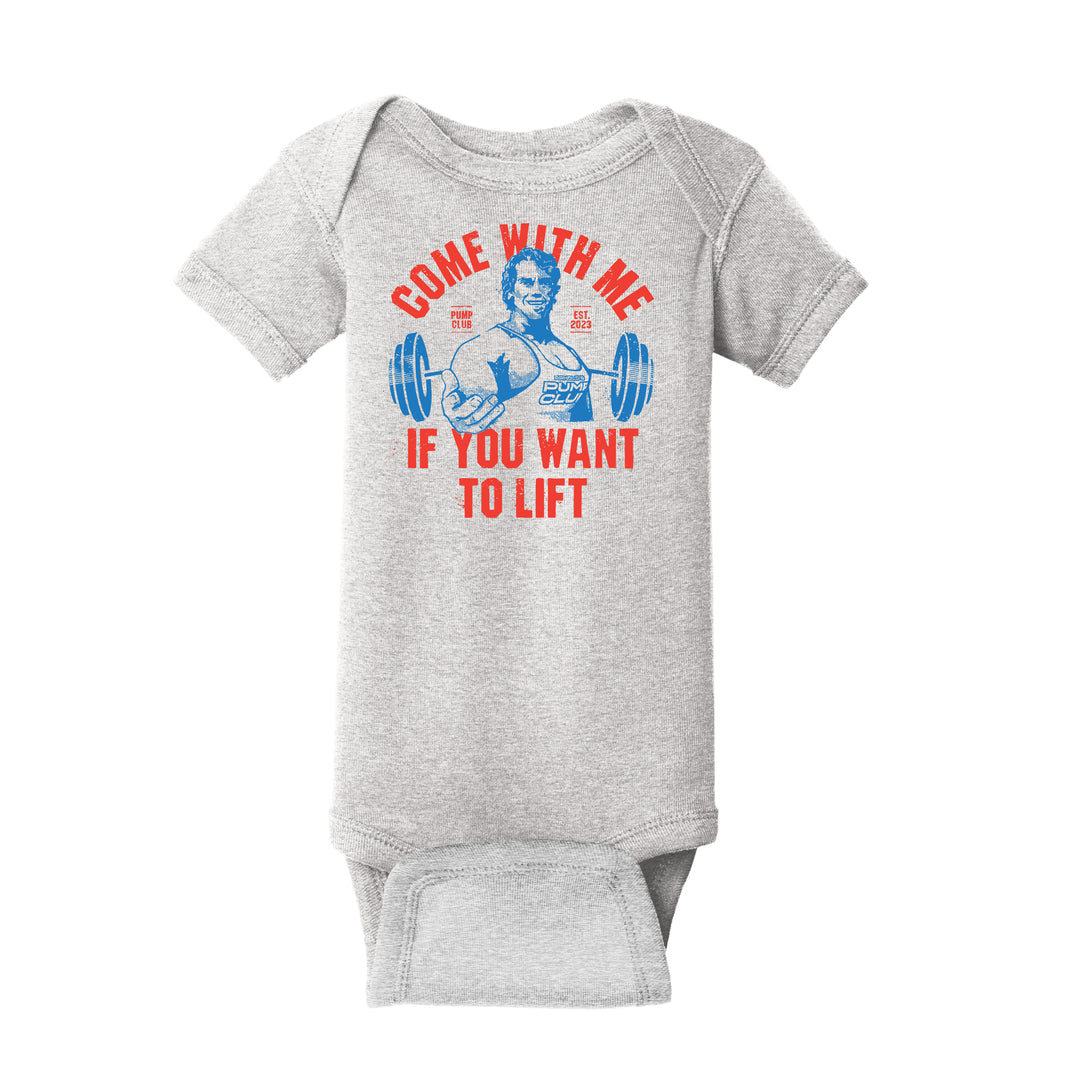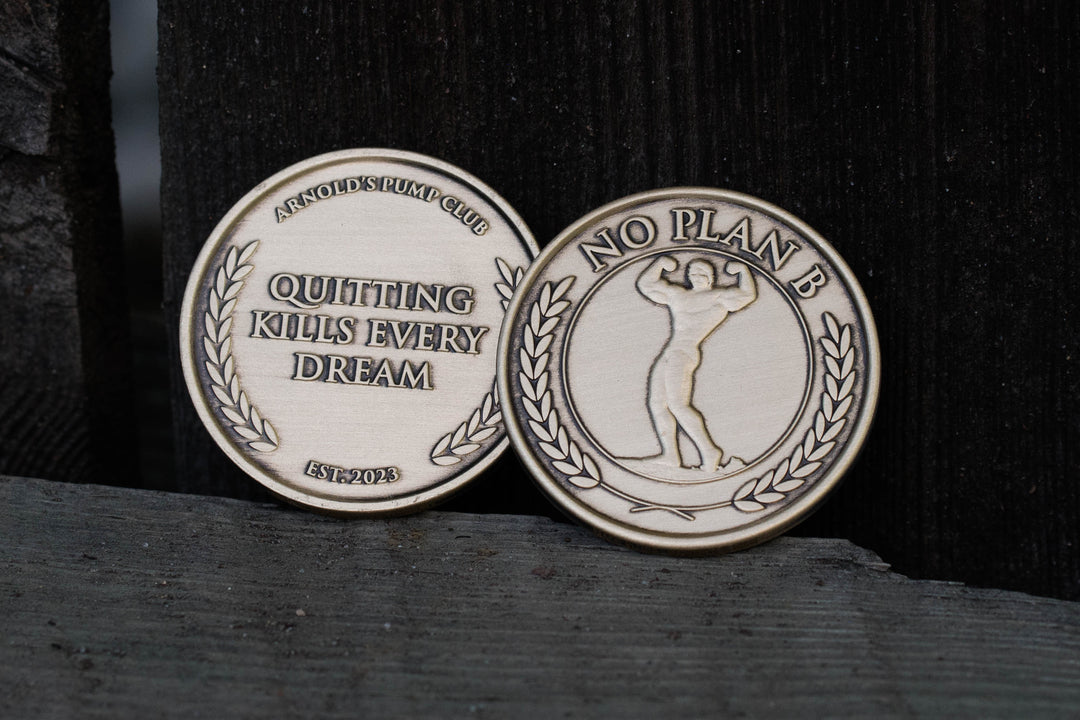Welcome to the positive corner of the internet. Every weekday, we make sense of the confusing world of wellness by analyzing the headlines, simplifying the latest research, and offering quick tips designed to make you healthier in less than 5 minutes. If you were forwarded this message, you can get the free daily email here.
Today’s Health Upgrade
The warmup that increases strength
Is water enough?
How to upgrade plant-based protein
The strongest love of all
Arnold’s Podcast
Want more stories from Arnold? Every day, Arnold’s Pump Club Podcast opens with a story, perspective, and wisdom from Arnold that you won’t find in the newsletter. And, you’ll hear a recap of the day’s items. You can subscribe on Apple, Spotify, Google, or wherever you listen to podcasts.
Fitness
The Warmup That Increases Strength
Yesterday, we shared that warming up with or stretching between sets can reduce strength or cause you to perform fewer reps. But that doesn’t mean you want to go in cold before you start your workout.
The last thirty years of research suggest that warming up your muscles by doing activities that increase muscle temperature helps increase your strength.
Scientists reviewed 32 studies and found that doing a warmup led to a performance improvement about 80 percent of the time. When you remove the warmups that only consist of stretching, the impact is even more significant.
The reason is likely body heat. A new study published just last year identified how your muscles change when they heat up.
When proteins in your muscle fibers (myosin and tropomyosin–troponin, in particular) heat up, the process that provides energy for your muscles to contract increases, which leads to faster and stronger muscle contractions.
That’s why some studies have even found that exposure to heat — such as being in a sauna or sitting in hot water — can improve muscular performance.
If you want your warmup to give you the desired boost, the key is keeping an eye on duration and intensity.
Performing a low-intensity cardio warmup (less than 60 percent of your maximum heart rate) for a moderate amount of time (think 10 to 20 minutes) appears to help maximize your strength. When you move for less time (think 5 minutes) or at a higher intensity, you see no impact or a strength reduction.
Together With LMNT
Is Water Enough?
The first rule of hydration is to sneak in a drink whenever you have a meal. If you drink at least 16 ounces of water at every meal, you’ll give your body the minimum it wants every day.
The second rule of hydration is to increase fluids when working out. The Galpin equation (from Dr. Andy Galpin) offers a simple solution for your active lifestyle. Take your body weight in pounds, divide it by 30, and that is the ounces of water you should drink every 15 minutes of hard exercise. So if you’re 180 pounds, you’d want to drink approximately 6 ounces of water (180/30) every 15 minutes.
The third rule of hydration? If you follow rules 1 and 2 and you’re struggling with endurance, recovery, or fatigue, add extra electrolytes to help boost your performance.
Despite the popularity of pre-workout drinks and hydration beverages, one study suggests that at least 50 percent of people begin their workout dehydrated. And studies have found that for each percentage loss in water, you’ll see increasing drops in performance.
That’s because your muscles and neurons need electrolytes — such as sodium, potassium, and magnesium. And sweating depletes your body of electrolytes, which can affect performance and recovery.
If you train hard and sweat a lot, our go-to drink is LMNT, which provides the electrolytes your body needs without any added sugar, artificial ingredients, or colors.
As a member of the village, you’ll get a free sample pack (8 packets) with all the flavors when you make any purchase.
Just use this link, and the free product will be automatically added to your cart to thank you for being part of the positive corner of the internet. If you don’t love the product, LMNT offers a no-questions-asked refund policy, which means you’ll be satisfied.
We recommend using electrolytes before or after your hard workouts that last longer than an hour to ensure you’re hydrated before and refueled after.
Nutrition
How To Upgrade Plant-Based Protein
When is a plant-based protein just as powerful as whey? When it gets a little amino acid boost.
New research found that adding an important essential amino acid to a plant-based protein powder can make it just as powerful as whey protein.
Plant proteins were previously considered inferior because plants (think pea, soy, quinoa, and others) don’t have as many essential amino acids (the building blocks of your cells that your body doesn’t make on its own) as whey protein (which comes from milk) or other animal sources. That means muscle protein synthesis is less with plant proteins.
To be clear, plant-based proteins are perfectly healthy, but because they contain fewer amino acids (leucine in particular), they don’t create the same anabolic response as whey protein.
To get around this “limitation,” you can simply consume more plant protein, which can help offset the imbalance. Eating 30 grams of a single source of plant-based protein (like pea protein) can give you a similar amino acid profile as whey. But that typically means eating more calories overall.
In this study, the researchers figured out how to get the same muscle-building response without the extra calories.
When participants consumed 20 grams of plant protein with an additional 1.5 grams of leucine, muscle protein synthesis was similar to that of 20 grams of whey protein.
So, if you want to eat more plant-based protein, adding a little leucine to your shake or just bumping up the protein per serving will ensure you give your muscles all they need to grow and support recovery.
On Our Radar
The Strongest Love Of All
They say that love is the most powerful drug of all — and now we have scientific evidence about which type of love is the most potent.
A new study found that all forms of love light up parts of your brain, but the love for a child creates the strongest response.
The new research allowed scientists to view brain activity while prompting people to think about different types of love, ranging from romantic love and friendships to children, pets, and even the outdoors.
Thinking about the love of a child didn’t just cause the brain to light up; it also led to the biggest surge in the brain’s reward system, which was not seen with the other types of love. (For those keeping score, romantic love scored the second largest response.)
A better understanding of love could pave the road for new breakthroughs. Previously, scientists didn’t have a clear picture of how feelings of love are created in different parts of the brain. With the latest discoveries, future studies can now be designed to help improve relationship and attachment disorders, better understand human connection, and support mental health disorders, such as depression.
—
Publisher: Arnold Schwarzenegger
Editors-in-chief: Adam Bornstein and Daniel Ketchell


